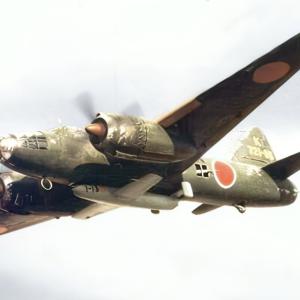
Thomas Splint
During the early 20th century, particularly throughout World War I, leg injuries among soldiers often proved fatal—not due to the wounds themselves, but because of the massive blood loss and shock that followed. Before the widespread use of effective trauma care, thousands of men died unnecessarily from femoral fractures, which could cause major damage to blood vessels and internal tissues. It was within this grim context that the Thomas splint emerged as a simple yet revolutionary device that dramatically increased survival rates on the battlefield.
Invented by Welsh surgeon Hugh Owen Thomas in the late 19th century, the Thomas splint was originally designed to immobilize fractures of the lower limb, particularly the femur. At the time, Thomas’s innovations in orthopedic care were largely ignored by the broader medical establishment. However, during World War I, his nephew, Sir Robert Jones, recognized the potential of the Thomas splint to address a major shortcoming in battlefield medicine.
The primary issue with femur fractures in war zones was that soldiers were typically transported without proper immobilization. Movement of the broken bone led to further tearing of blood vessels and muscle, exacerbating blood loss and increasing the risk of shock and infection. Mortality rates from such injuries were reported to be as high as 80%.
The Thomas splint worked by stabilizing the leg, keeping the fractured bones aligned and reducing movement during evacuation. Made from a simple iron ring and two rods running along the sides of the leg, it supported the limb from the thigh to the foot. By holding the leg in a fixed position, it significantly reduced pain, minimized further injury, and most importantly, curtailed blood loss.
When the Thomas splint was systematically introduced to military field care in 1916, the results were remarkable. Mortality from femur fractures fell from around 80% to less than 20%. This dramatic improvement underscored the importance of proper first-line trauma care and transformed battlefield medicine.
The impact of the Thomas splint extended beyond military settings. Its principles informed the development of modern emergency and orthopedic care. Today, while more advanced techniques and materials are used, the basic concept of immediate fracture immobilization remains a cornerstone of trauma treatment.










